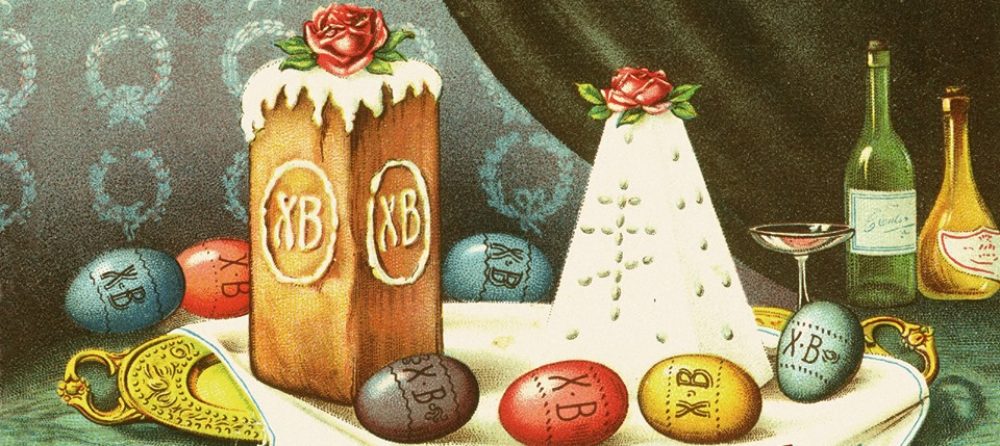
St. Nicholas was a bishop in 4th-century Turkey but is commonly known as “Santa Claus” in much of the Western World. He brings gifts to good children on his feast day (December 6) or on Christmas Day; in some places, he is said to take away bad children in his empty gift bag. He is sometimes accompanied by a servant or devil who takes away the bad children or leaves switches for their parents to beat them.
His tomb is in Myra (a small town in modern Turkey) but many of the remains were stolen by Italian sailors and taken to Bari in 1087. The sailors from Bari only took the main bones of Nicholas’s skeleton, leaving all the minor fragments in the grave. The city of Venice had interest in obtaining the remaining fragments of his skeleton and, in 1100, a fleet of Venetian ships sailed past Myra on their way to Palestine for the First Crusade. The Venetians took the remaining bones of Saint Nicholas, and brought them to Venice. This story was lent credence in two scientific investigations of the relics in Bari and Venice, which confirmed that the relics in the two cities are anatomically compatible and may belong to the same person.
In the late 1950s, while the crypt was undergoing much-needed restoration, the bones were removed from it for the first time since their interment in 1089. A special Pontifical Commission permitted Luigi Martino, a professor of human anatomy at the University of Bari, to examine the bones under the Commission’s supervision. Martino took thousands of measurements, detailed scientific drawings, photographs, and x-rays. These examinations revealed the saint to have died at over seventy years of age and to have been of average height and slender-to-average build. He also suffered from severe chronic arthritis in his spine and pelvis.
Another test in 2017 in Oxford involved radiocarbon dating, which confirmed that the bones date to the fourth century AD, around the same time that Saint Nicholas would have died, and are not a medieval forgery.

